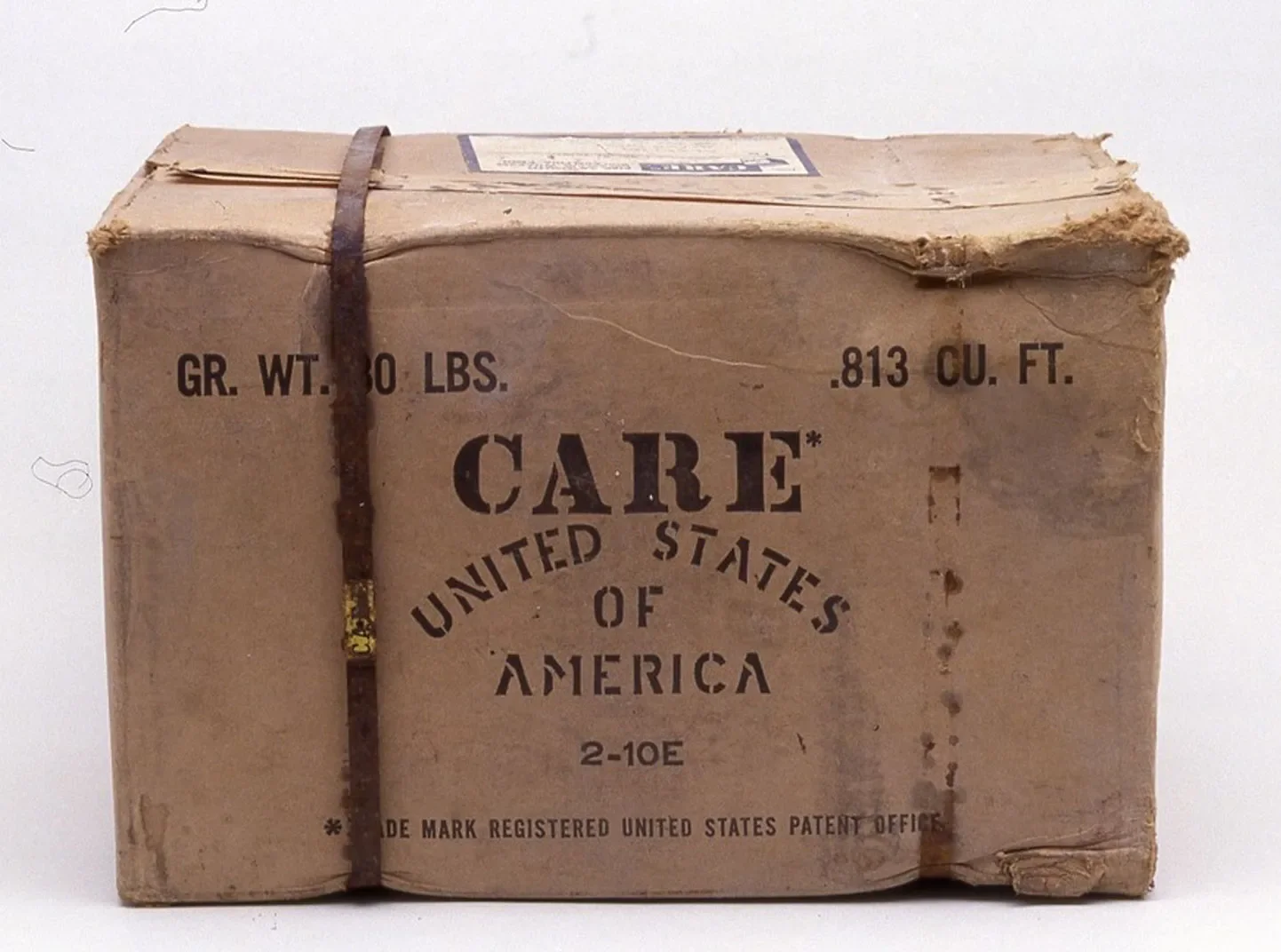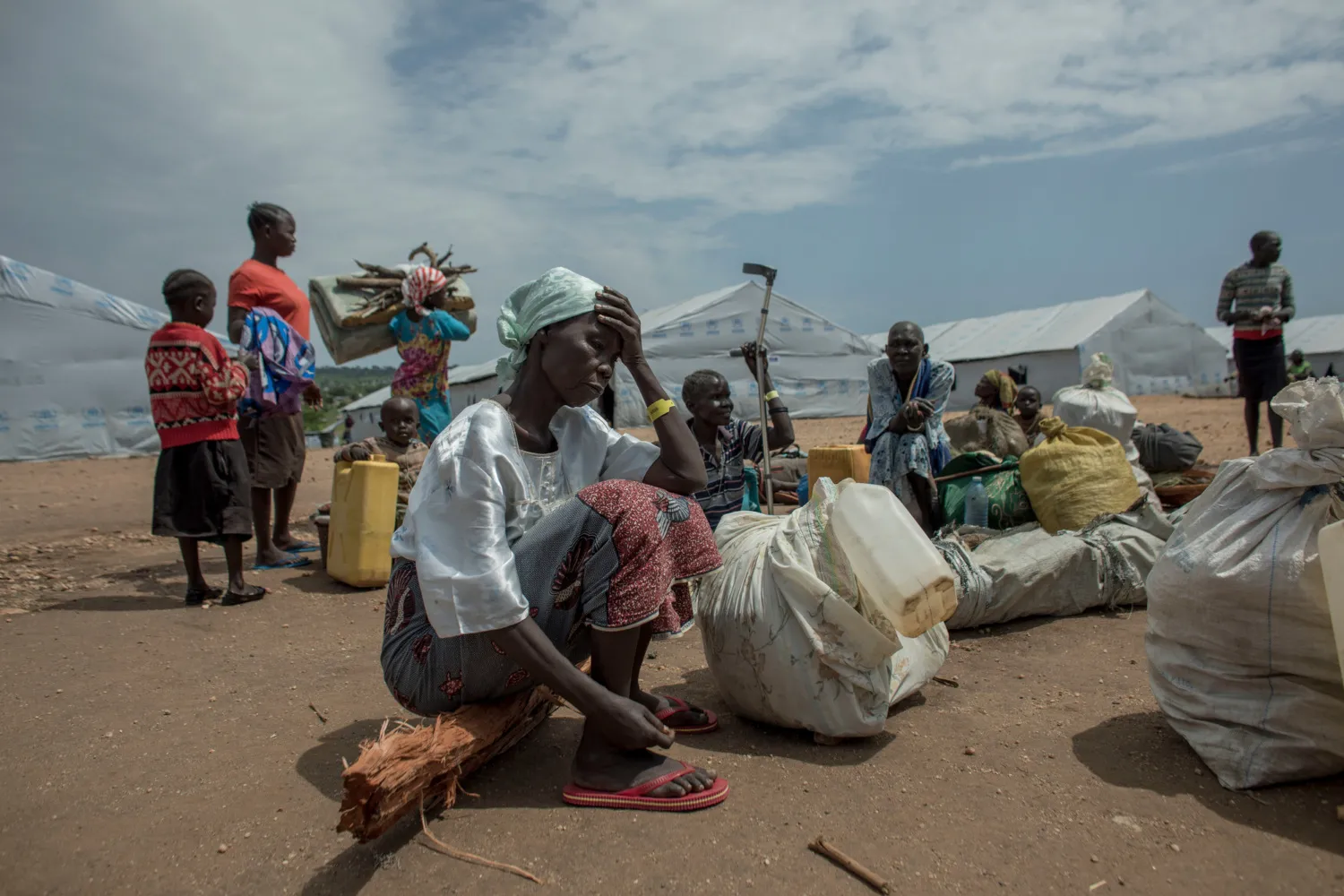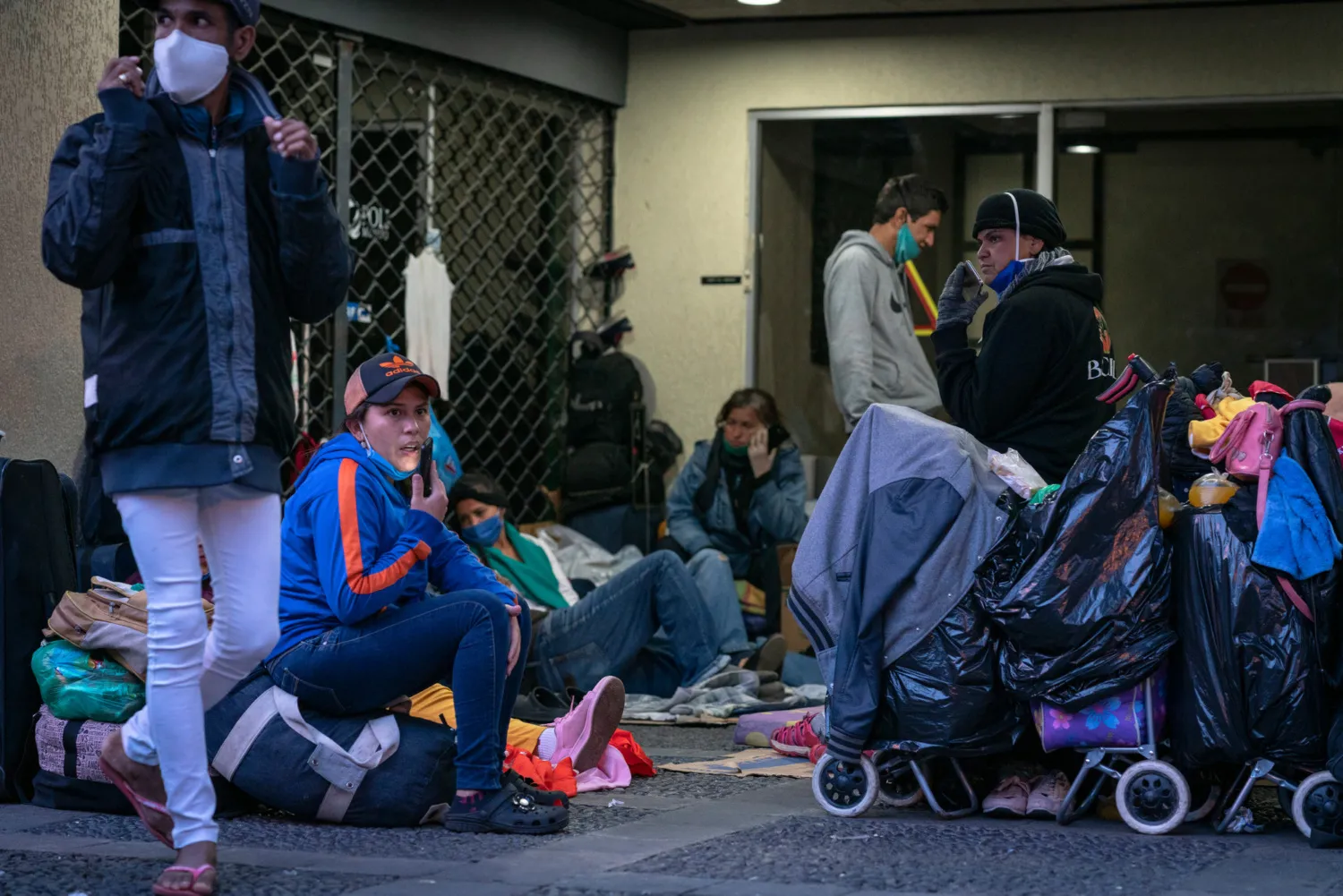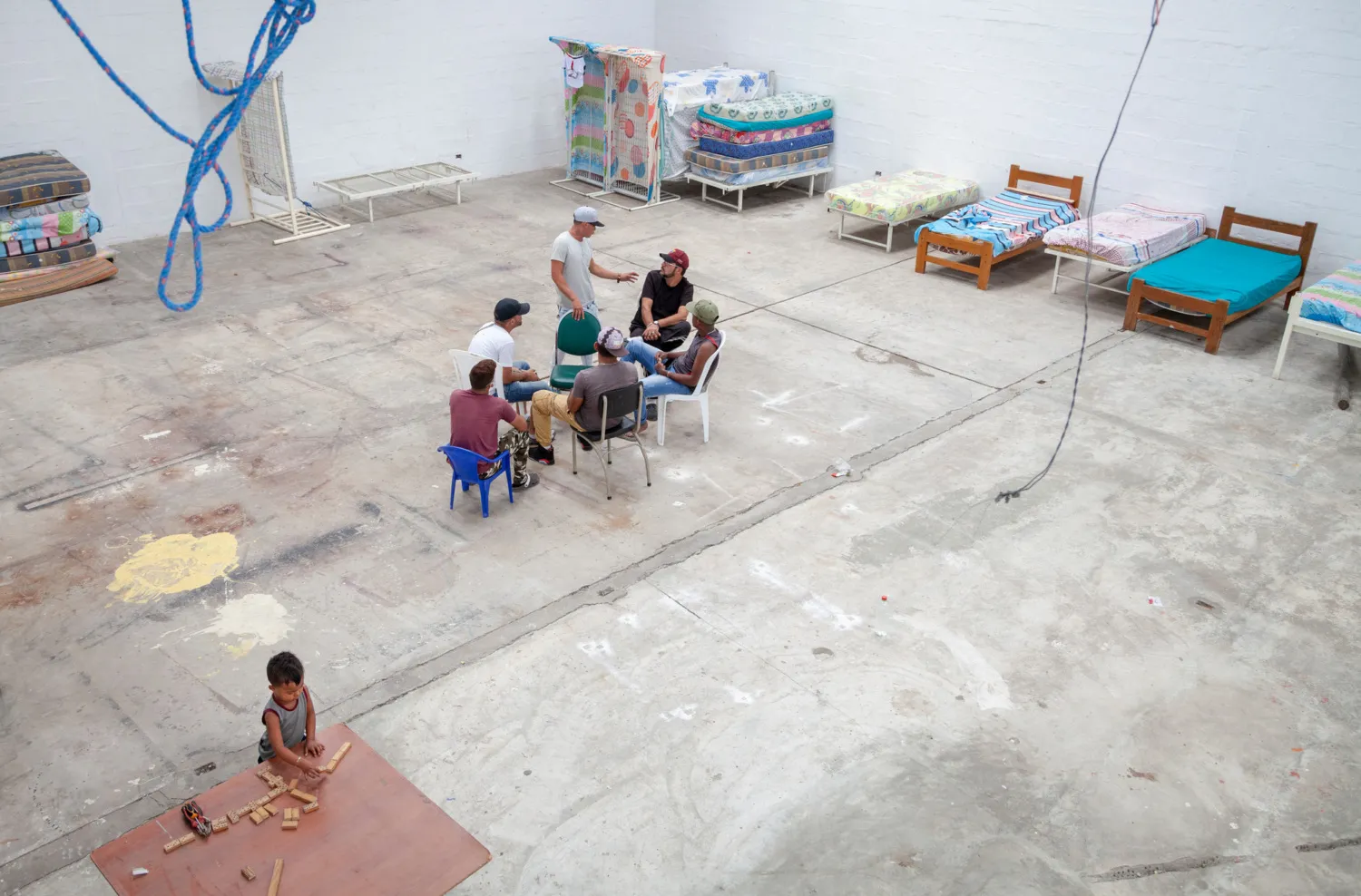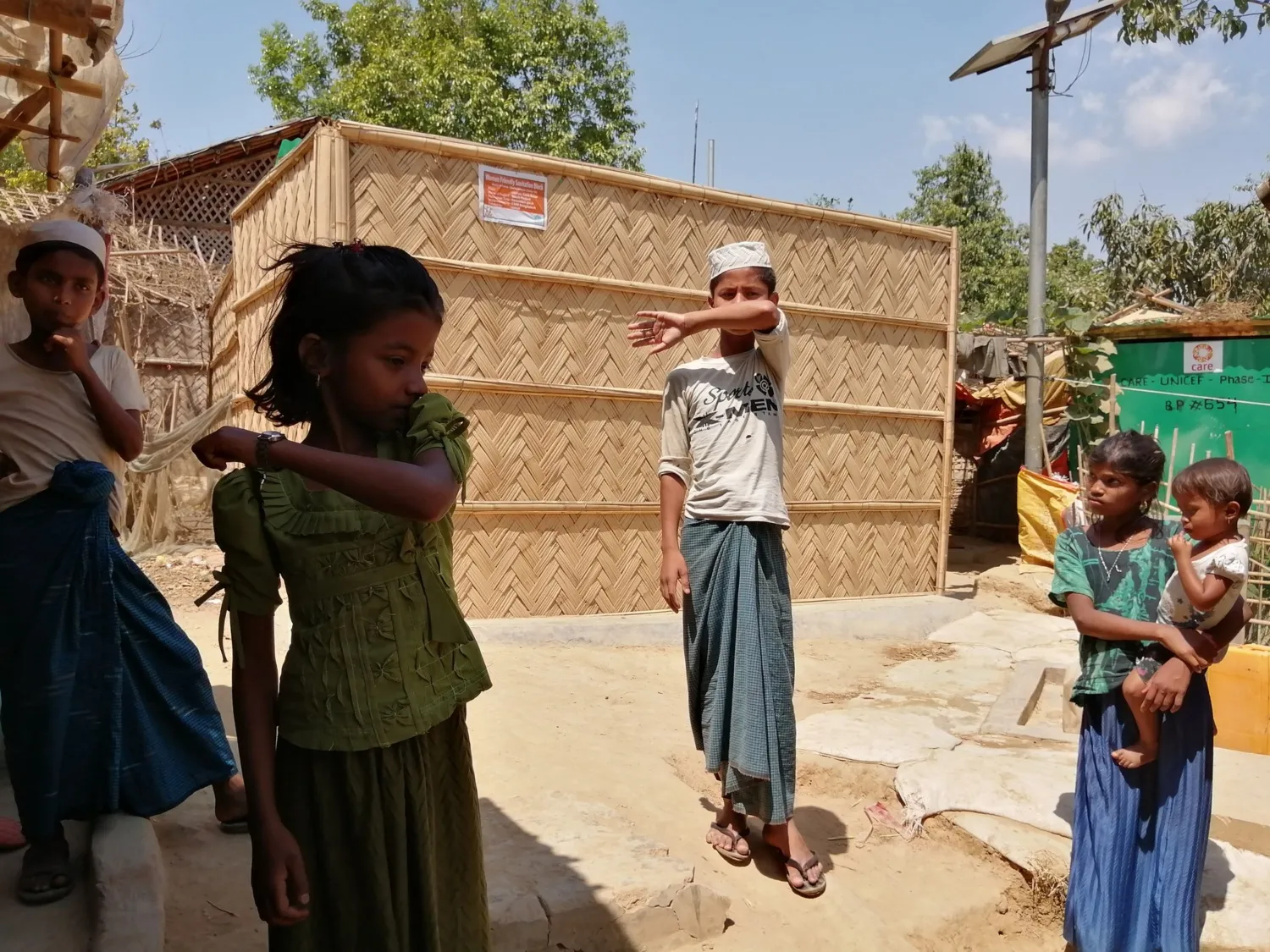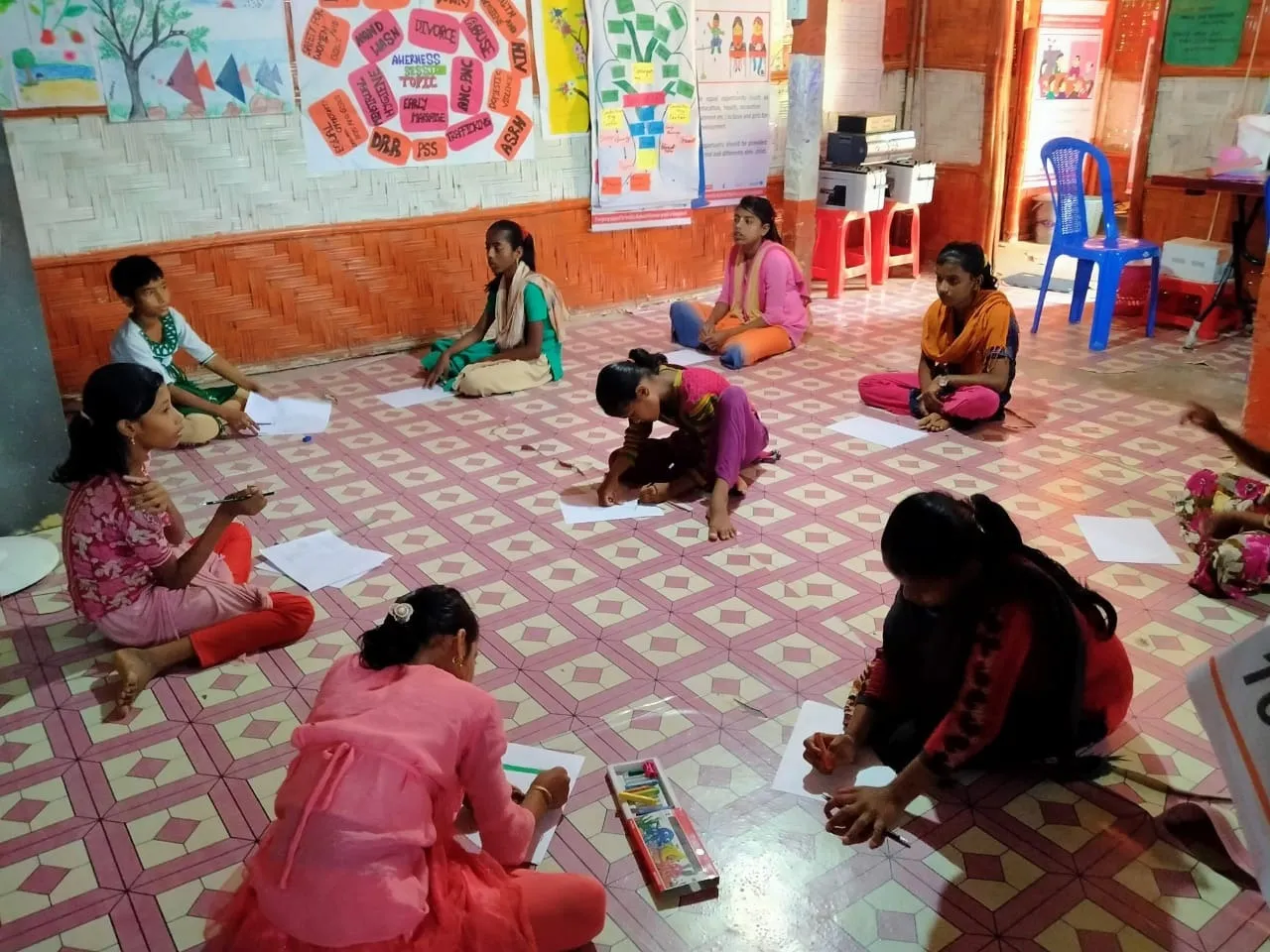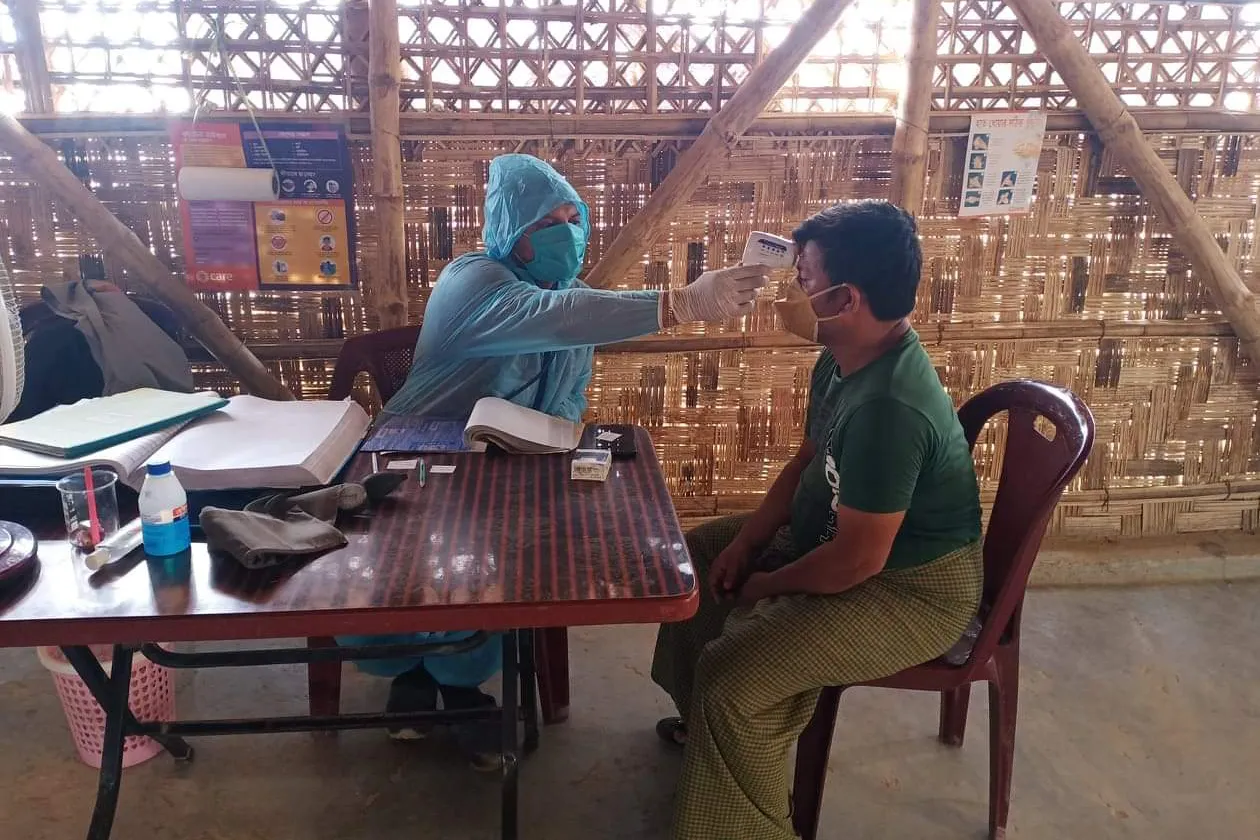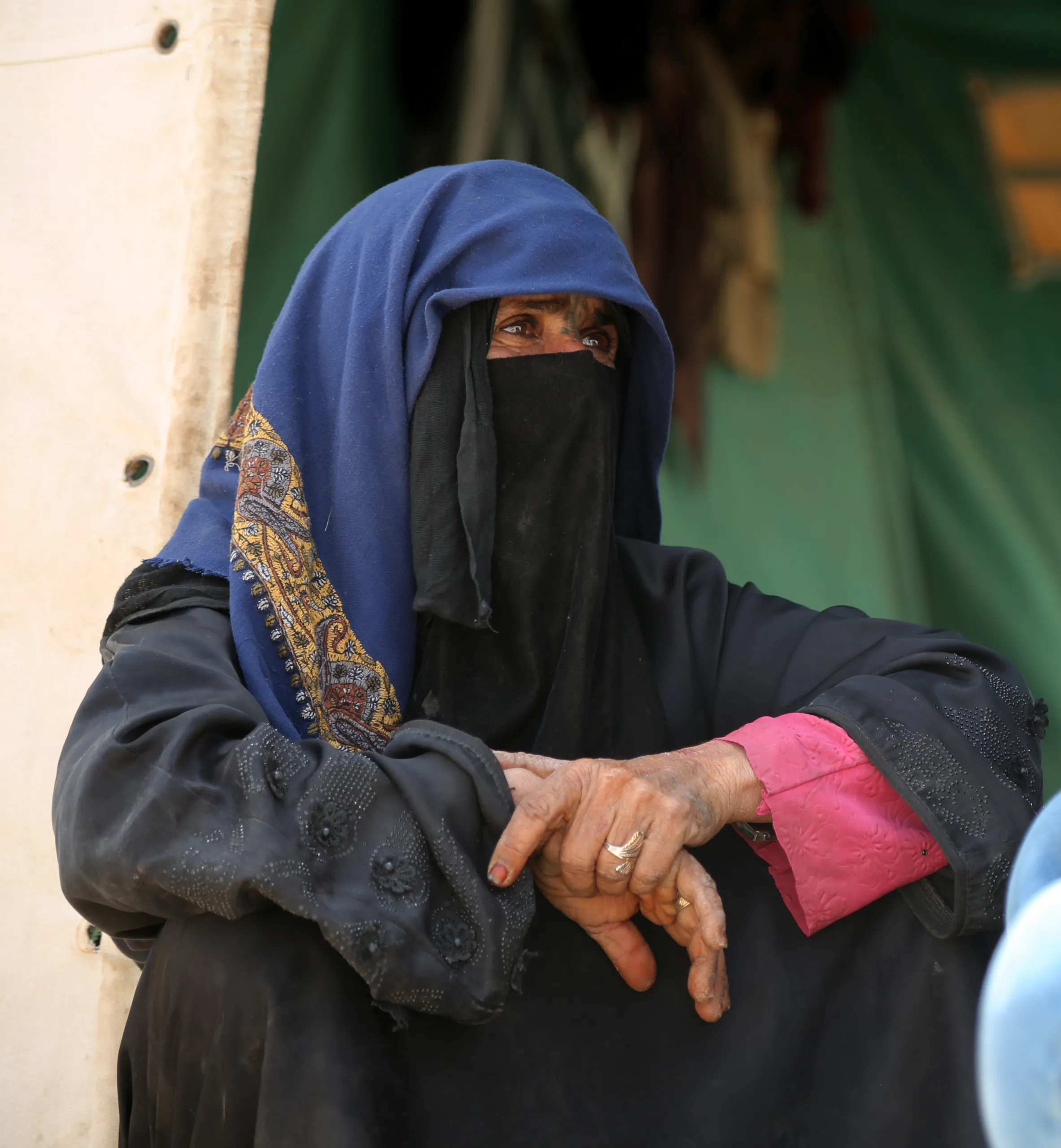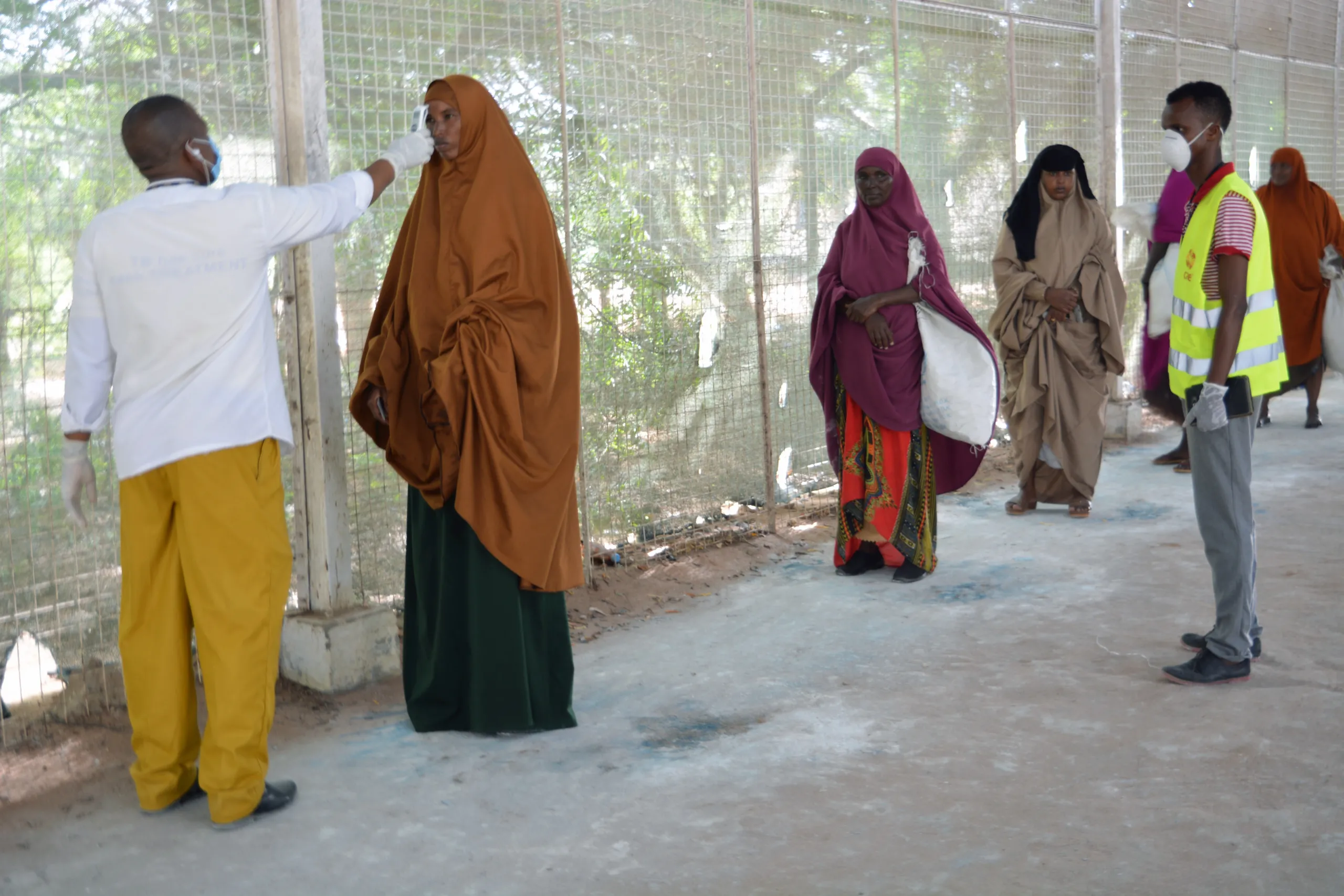While everyone around the world struggles to cope with the devastating impacts of COVID-19, the risks are heightened for the world’s approximately 71 million people who are forcibly displaced.
According to the UNHCR, the UN refugee agency, 134 refugee-hosting countries are reporting local transmission of COVID-19. Refugee camps and settlements are typically overcrowded, and refugees commonly lack access to water and hygiene supplies and facilities, which may cause the virus to spread.
A CARE analysis shows that women in countries experiencing war, poverty and instability are at an even greater risk during the COVID-19 pandemic. Gender-based violence increases, and women are forced to eat less or last, among other issues. Despite these factors, less than 1% of global humanitarian funding is spent on sexual and gender-based violence prevention and response activities.
